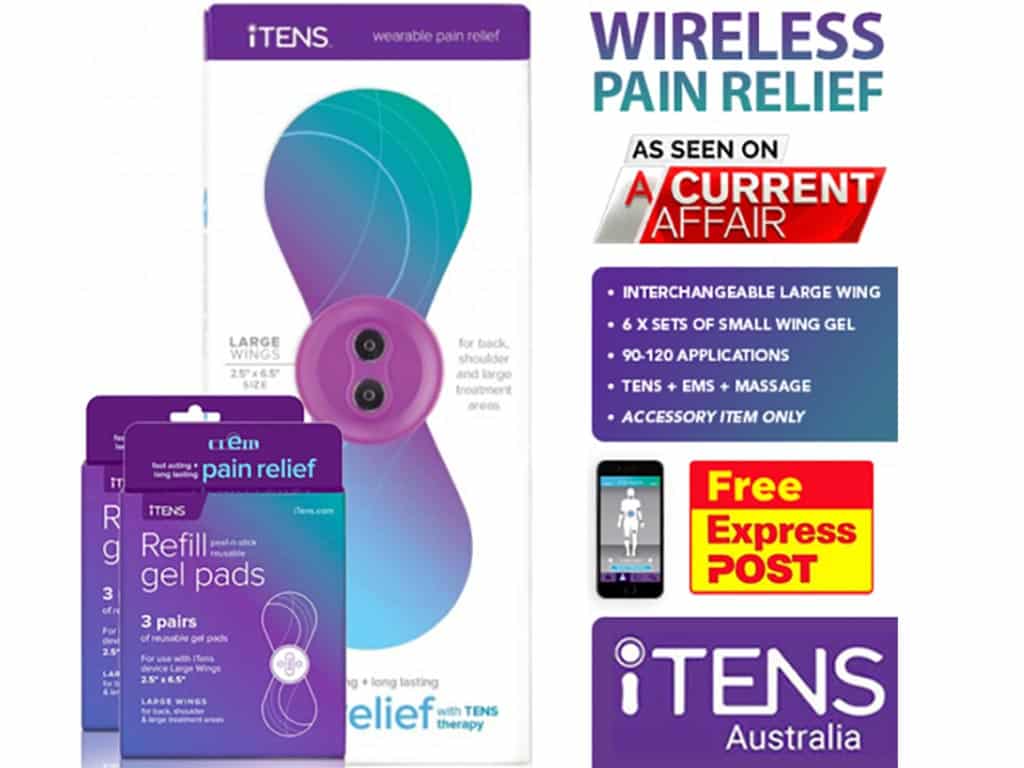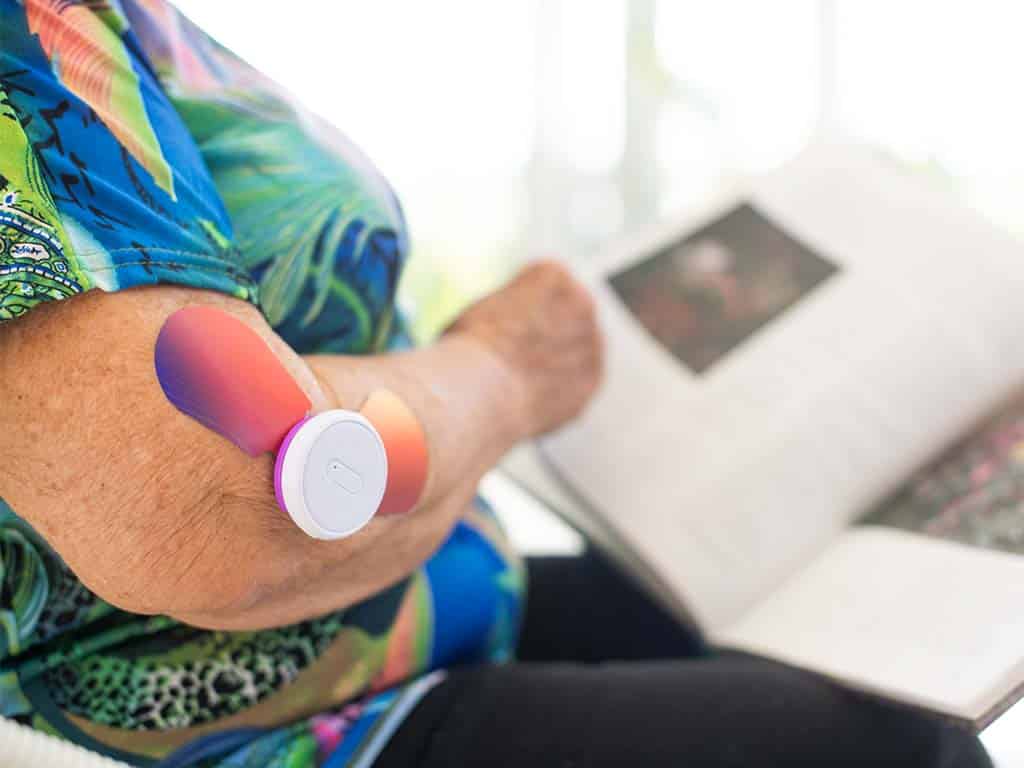
TENS or Transcutaneous Electrical Nerve Stimulation, is a commonly utilised non-invasive method for managing pain in adults. It effectively alleviates various types of pain by delivering low-voltage electric currents through the skin. This therapy operates based on the Pain Gate Control Theory. The theory suggests that electrical impulses can block or reduce pain signals to the brain. However, individuals with heart problems, pacemakers, or those who are pregnant should take certain precautions and avoid using TENS.
Individuals commonly experience body pain, which impacts their quality of life and overall well-being. The human body comprises a complex network of nerves, muscles, and joints, making it susceptible to pain. Managing body pain involves employing various approaches. These include resting, using medication, undergoing physical therapy, or exploring alternative treatments like TENS therapy. This article will present what TENS is, how it works, including its risks and safety precautions.
Definition of TENS Transcutaneous Electrical Nerve Stimulation
TENS Transcutaneous Electrical Nerve Stimulation is a method of pain relief that involves the use of electrical current. It helps to manage chronic or acute pain. Additionally, TENS can be a valuable tool in pain management for a variety of conditions. These include but are not limited to spinal cord injuries, diabetic neuropathy, joint pain, and postoperative pain.
There are two main types of TENS devices: wired and wireless. Wired TENS devices feature electrodes that connect to the device with lead cables, enabling precise electrode placement and control. On the other hand, wireless TENS devices, like iTENS, utilise small electrodes controlled via a smartphone app. These wireless devices offer the convenience of portability.
Furthermore, individuals can adjust TENS settings to suit their specific needs and preferences. They can modify the pulse frequency, pulse duration, and intensity to create various sensations and levels of pain relief. For acute pain, some may prefer higher frequencies and shorter pulse durations. Conversely, others may find lower frequencies and longer pulse durations more effective for managing chronic pain conditions.
Device Types and Variations Available
- Portable TENS devices: compact and lightweight electronic devices that can be easily carried and used on the go.
- Combination TENS devices: devices that offer both TENS and EMS (electrical muscle stimulation) therapy modes.
- Dual-channel TENS devices: these devices have two separate channels for applying electrical stimulation to different areas simultaneously.
- Single-channel TENS devices: a basic TENS device with a single channel for applying stimulation to one area at a time.
- Pre-set programs: targeting specific types of pain, making it easier for users to select the appropriate therapy.
- Wireless TENS devices: use Bluetooth technology to transmit electrical stimulation to the electrodes.

How TENS Transcutaneous Electrical Nerve Stimulation Works
TENS Transcutaneous Electrical Nerve Stimulation operates based on the Pain Gate Control Theory. This theory suggests that TENS targets the spinal cord, which serves as the control centre for pain signals. When electrodes deliver electrical pulses, it activates sensory nerves responsible for conveying vibration sensations to the brain. The electrical current closes the “gate” in the spinal cord, effectively blocking pain signal transmission.
Additionally, TENS triggers the release of endorphins, which are the body’s natural painkillers. When endorphins are released, they bind to the opioid receptors in the brain and spinal cord, blocking pain signals. As a result, these endogenous opioids can help reduce pain intensity for those suffering from acute or chronic pain conditions.
Furthermore, TENS may also work by stimulating the production of other neurotransmitters. These include serotonin and norepinephrine, which are involved in pain modulation and mood regulation. Moreover, TENS may improve blood circulation in the treated area, promoting tissue healing and reducing inflammation. Overall, these mechanisms contribute to the pain-relieving effects of TENS therapy.
What It Can Treat
TENS can treat a range of pain conditions, providing relief for patients suffering from various ailments. Some include diabetic nerve damage, spinal cord injury pain, facial pain, menstrual pain, and labour pain. For those recovering from surgery, TENS can help manage the discomfort and reduce the reliance on medication.
TENS helps alleviate chronic pain caused by diabetic neuropathy and spinal cord injuries by interrupting pain signals from damaged nerves. It also provides relief for facial pain like trigeminal neuralgia through electrical stimulation. Women experiencing menstrual and labour pain can find drug-free relief using TENS. However, people should speak with their doctor before using this therapy.

The Risks of TENS Transcutaneous Electrical Nerve Stimulation
TENS Transcutaneous Electrical Nerve Stimulation has shown promising results in managing pain. However, people should be aware of the potential risks associated with TENS therapy. One notable risk is the development of tolerance to TENS treatment. Continuous or prolonged use of electrical stimulation devices may result in reduced effectiveness over time.
Another risk to consider is the possibility of electrode placement complications. Incorrect positioning of electrodes could result in ineffective relief of pain in people. Therefore, users must follow proper guidelines and instructions for electrode placement. Discussing electrode placement techniques with a doctor or physical therapist can help ensure the safe and effective use of TENS therapy.
In rare cases, individuals may experience adverse effects, such as skin irritation, burning sensations, or allergic reactions. To minimise these risks, essential precautions should be taken. Healthcare professionals recommend using high-quality electrode pads and diligently monitoring their skin for any signs of irritation. Additionally, ensuring proper hygiene and cleanliness before and after each session can also help reduce potential risks.
When to Avoid
People should not use TENS on the head, face, or neck area. Additionally, individuals with pacemakers must not undergo TENS therapy as it may interfere with these devices. Moreover, pregnant women have to exercise caution with TENS due to limited safety evidence. Lastly, people with skin conditions or open wounds in the target area should avoid TENS to prevent further irritation.
To maintain the safety and proper functioning of the TENS unit, users should follow these measures, which include avoiding dropping the device on hard surfaces, getting it wet, or exposing it to extreme temperatures. Furthermore, users must follow the manufacturer’s instructions.
Conclusion
TENS Transcutaneous Electrical Nerve Stimulation is a treatment method that uses electrical current to manage chronic or acute pain. It comes in two main types: wired and wireless devices. TENS works by targeting the spinal cord to block pain signals and triggering the release of endorphins for pain reduction. It may also stimulate neurotransmitter production, improve blood circulation, and promote tissue healing. However, users should be aware of potential risks, including tolerance development, electrode placement complications, and skin irritation.
Furthermore, TENS, including iTENS, is an effective treatment for various painful conditions in a non-invasive and drug-free manner. However, people should not use it on the head, face, or neck. Additionally, pregnant women or those with pacemakers must avoid using TENS. Moreover, individuals with skin conditions or open wounds in the target area should refrain from using TENS. Therefore, people have to follow proper usage guidelines and consult a doctor.







